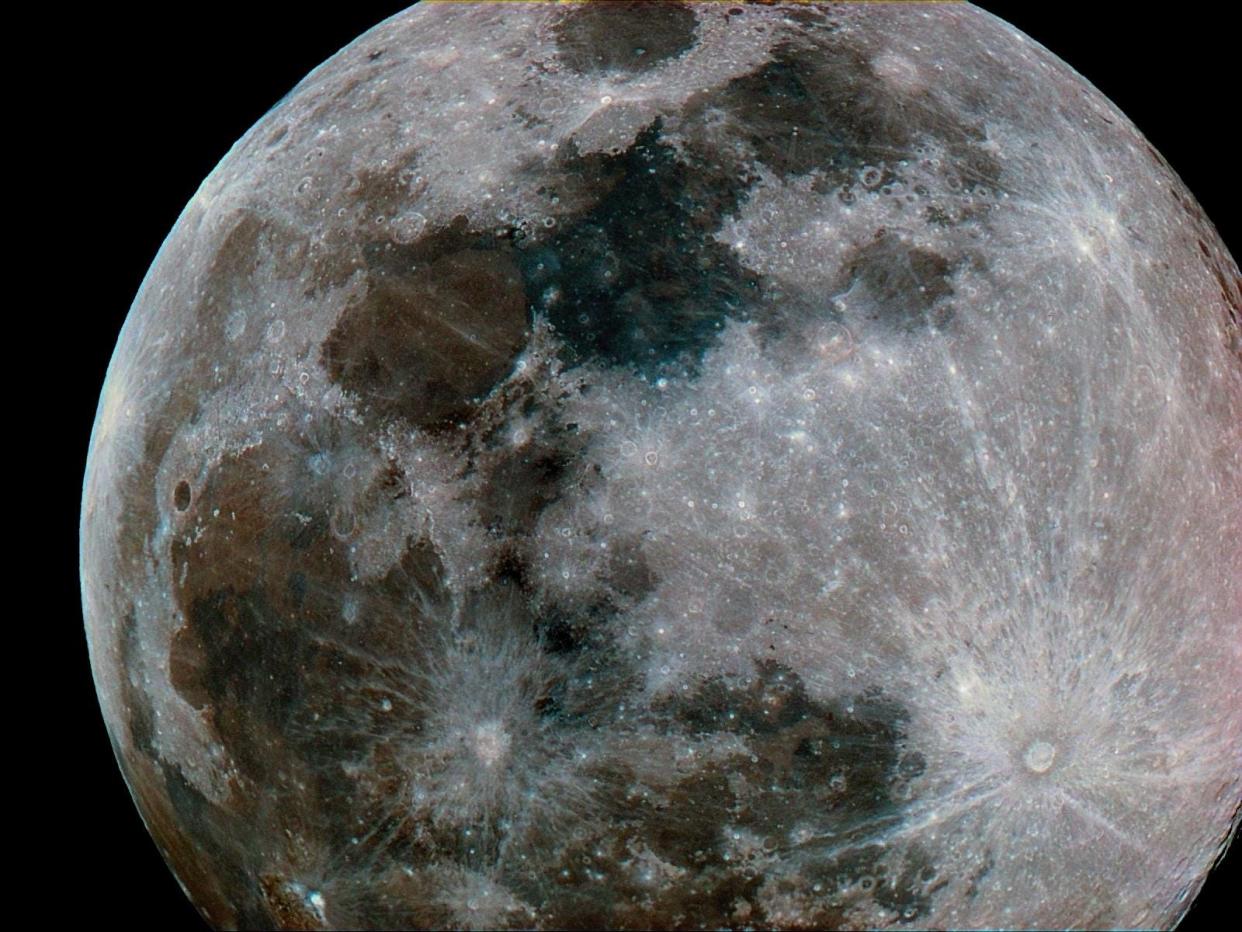The 'super-est' supermoon is coming Tuesday night. When to see it on full display 🌑

Solar astronomers around the world are monitoring our sun, 24 hours a day.
The sun seems like a steady ball of light, but using safe solar viewing equipment and state-of-the art satellites, astronomers are able to detect dramatic explosions from sunspots, solar flares and coronal mass ejections that arc off the surface and even blast into space.
The sun’s activity has been slowly ramping up this year. After months of relative quiet, more violent magnetic storms are popping up. This increase is part of an expected 11-year cycle that astronomers have noted since the 17th century.
When the solar activity peaks, it is called solar maximum. And although solar maximum is not expected until 2024 or 2025, solar activity should be on the rise this year, giving us dramatic images and videos from space telescopes.
An enormous comet is heading toward Earth this month: Here's how to watch it pass by
Ready for the supermoon?
On Tuesday night, astronomers celebrate perigee syzygy. But the moon-loving backyard stargazers and general public have a catchier term for this regular astronomical event: a supermoon.
About every 14 months the full moon makes a slightly closer pass to the Earth. When this supermoon occurs, the moon’s diameter can appear 14% larger and its surface shines 30% brighter than the furthest full moon of the year, also known as the puny moon.
Celebrating the supermoon is not an ancient tradition. It became a mainstream term only in 2011 when the media picked up on this annual phenomenon. Since then, it has become a popular annual event, and the next supermoon is due to grace the night skies on Tuesday, July 12 and into the morning hours of July 13.
When is the best time to see the supermoon?
As the moon orbits the Earth, it slowly changes its distance from us. It varies from about 252,000 miles at its farthest, to around 221,000 miles at its closest.
The best time to see the supermoon is just as it rises. Look for it cresting the southeastern horizon just after sunset.
When it is low in the sky, the moon often takes on a reddish appearance. That tint is caused by the moonlight scattering through the Earth’s atmosphere much in the same way a sunset turns red.
The moon always looks larger near the horizon, but it’s merely an illusion. Technically, the moon will be more than 1,000 miles closer to you just after midnight when it will be higher in the southern sky. So, stay up late to experience that “Super-est Moon.”
What will the James Webb Telescope see?
The James Webb Space Telescope (JWST) is not designed to observe the moon, but is instead primed to peer to the planets, stars, galaxies and into the deepest regions of our universe.
Launched from Earth on December 25, 2021, the JWST has made a one-million-mile journey into space to circle the sun and study the distant universe.
It's the largest and most advanced space telescope ever made. Its mirrors can gather 6.5 times as much light as the Hubble Telescope. It will also be able to detect fainter energy by seeing in the infrared wavelengths, light not visible to the eye.
The main focus of the telescope will be to examine distant galaxies and peer at the farthest objects in the universe. Astronomers hope to gain new insights on the earliest stages of the universe’s creation in unprecedented clarity.
The James Webb Telescope looks for first light

Now that testing is complete, the JWST is ready to start imaging, what astronomers call first light. The first official picture is scheduled to be released on July 12.
Placing a large telescope one million miles from Earth is a risky venture. If anything breaks, astronauts will never be able to visit it. Instead, engineers on Earth will have to conduct all repairs remotely.
In June, NASA reported that a dust-sized meteoroid (a tiny speck of space dust) struck the telescope and caused minor damage. The impact has not significantly affected the resolution of the instruments but was noticeable to those monitoring data coming to Earth.
Tune in Tuesday night to see the first light pictures from the James Webb Space Telescope, but then be sure to get outside and behold the closest full moon of the year, the supermoon.
Dean Regas is the Astronomer for the Cincinnati Observatory, and author of the books 100 Things to See in the Night Sky and How to Teach Grown-Ups About Pluto. He can be reached at dean@cincinnatiobservatory.org
Sunday Sun-day Sundae
What: Learn all about the Sun, see it through safe solar-viewing equipment, and eat ice cream sundaes.
Where: Cincinnati Observatory, 3489 Observatory Place.
When: Sunday, July 10, 1-4 p.m.
Tickets: $15, $10 children; $12, $7 children advance; cincinnatiobservatory.org.
That’s No Moon – It’s Supermoon
What: Join us for supermoon viewing party. Bring blankets, lawn chairs, and set up outside on the Observatory hillside. Supermoon will also feature guests in costume from a galaxy far, far away
Where: Cincinnati Observatory, 3489 Observatory Place.
When: Tuesday, July 12, 8-10 p.m.
Tickets: $15, $10 children; $12, $7 children advance; cincinnatiobservatory.org.
This article originally appeared on Cincinnati Enquirer: How to watch the 'super-est' supermoon, coming Tuesday night

